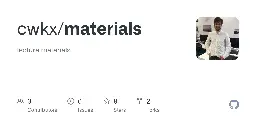Search
Understanding UMAP - Google PAIR
UMAP is a new dimensionality reduction technique that offers increased speed and better preservation of global structure.
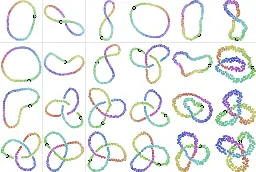
Has nice interactive examples and UMAP vs t-SNE
MIT OpenCourseWare: Introduction To Machine Learning
This course introduces principles, algorithms, and applications of machine learning from the point of view of modeling and prediction. It includes formulation of learning problems and concepts of representation, over-fitting, and generalization. These concepts are exercised in supervised learning an...
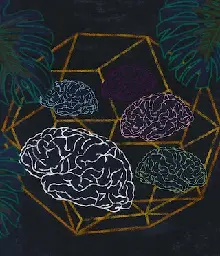
Style Guide for Python Code: PEP 8
Python Enhancement Proposals (PEPs)
MIT OpenCourseWare: Statistical Learning Theory
The main goal of this course is to study the generalization ability of a number of popular machine learning algorithms such as boosting, support vector machines and neural networks. Topics include Vapnik-Chervonenkis theory, concentration inequalities in product spaces, and other elements of empiric...
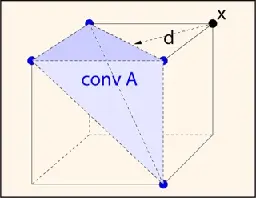
MIT OpenCourseWare: Mathematics Of Machine Learning
Broadly speaking, Machine Learning refers to the automated identification of patterns in data. As such it has been a fertile ground for new statistical and algorithmic developments. The purpose of this course is to provide a mathematically rigorous introduction to these developments with emphasis on...
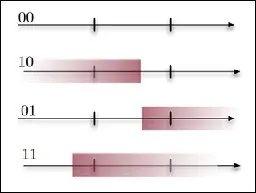
Broadly speaking, Machine Learning refers to the automated identification of patterns in data. As such it has been a fertile ground for new statistical and algorithmic developments. The purpose of this course is to provide a mathematically rigorous introduction to these developments with emphasis on methods and their analysis.
Durham University Materials for COMP3547 (Deep Learning) and COMP3667 (Reinforcement Learning) from Dr. Robert Lieck
Includes lectures, lecture notes and assignments.
Lectures for Deep Learning: https://www.youtube.com/playlist?list=PLMsTLcO6etti_SObSLvk9ZNvoS_0yia57
Lectures for Reinforcement Learning: https://www.youtube.com/playlist?list=PLMsTLcO6ettgmyLVrcPvFLYi2Rs-R4JOE
Rules of Machine Learning from Google
A good set of best practices for deployment that isn't language-specific
Coding Practices for Python/ML
:bathtub: Clean Code concepts adapted for Python. Contribute to zedr/clean-code-python development by creating an account on GitHub.
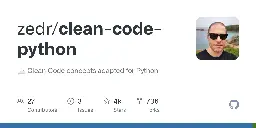
Coding nowadays is a big part of ML and while it's important that the model works well, it's also important that the code is written properly too.
Link is the general python version, ML-specific version here: https://github.com/davified/clean-code-ml
Video version: https://bit.ly/2yGDyqT
Tutorial: Image Recognition with CNN in Matlab
Introduces neural networks, the convolution operation, a few critical machine learning concepts and some state-of-the-art CNN models. Includes a hands-on Matlab tutorial (and code) demonstrating the model configuration, training process, and performance evaluation using the MNIST dataset.
Tutorial: State of Charge Estimation with EKF and SVSF in Matlab
This tutorial describes the process for the state of charge (SOC) estimation of Li-Ion cells using an equivalent circuit model. It helps students create and run a SOC estimation strategy based on the 3rd-order R-RC model in MATLAB-Simulink. The tutorial starts with a general overview of state estimation using the extended Kalman filter (EKF) and the novel smooth variable structure filter (SVSF) method.
Standford University Cheat Sheets for ML (web version)
I'm not sure if I'd call a 10+ page pdf a "cheat sheet" but they are good resources
Materials from CORNELL CS4780/CS5780: Machine Learning for Intelligent Systems
Lecture notes: https://www.cs.cornell.edu/courses/cs4780/2018fa/syllabus/
Recorded lectures: https://www.youtube.com/playlist?list=PLl8OlHZGYOQ7bkVbuRthEsaLr7bONzbXS
Good collection of introductions to topics for stats and machine learning: Nature Methods' Points of Significance
A collection of articles from the publisher of Nature that discusses statistical issues biologists should be aware of and provides practical advice to improve the statistical rigor and reproducibility of their work.
From Nature.com - Statistics for Biologists. A series of short articles that are a nice introduction to several topics and because the audience is biologists, the articles are light on math/equations.
Deep learning: the unintuitive relationship between overparameterization, overfitting and generalization
See also: the phenomenon of double descent.
What's the kernel trick? (explanation)
Every so often I read about the kernel trick. Each time I read about it I need to relearn what it is. Now I am thinking "Eran, don't you have this fancy bl
A nice visualization/example of the kernel trick. A more mathematical explanation can be found here.
A good introduction/overview to neural network theory: Deep Learning by Ian Goodfellow, Yoshua Bengio and Aaron Courville (Free, online copy)
I found this book a very good reference when learning about autoencoders
